| |
|
|
Botanical Name |
: |
Osbeckia chinensis L. |
English
Name |
: |
Chinese osbeckia |
Synonym(s) |
: |
Osbeckia japonica [Naud.], Osbeckia angustifolia D. Don., Osbeckia chinensis var. angustifolia [D. Don.] C. Y. Wu & C. Chen, Osbeckia parva Geddes, Osbeckia watanae Craib |
Family |
: |
Melastomataceae |
| |
General Info
| Description |
 |
|
A perennial herb that grows to a height of 70cm. Stems are minutely hairy, squared, and reddish, and the internodes are 20cm. Leaves are opposite up to 3.5cm long, simple, and exstipulate. Blade is narrowly oblong or lanceolate, 1.6cm × 4cm – 3.1cm × 2cm, and hairy with a midrib which is sunken with several prominent nerves running the length of the blade. Flowers are 4-merous, arranged in terminal heads.Corolla is 1.2–1.7cm long and purple. Androecium consists of eight yellow stamens; corolla is ephemeral and drops on collection. Fruits are campanulate or urceolate capsules, which are 3–5mm long. |
| Herb Effects |
 |
|
Antioxidant, antitussive, expectorant and febrifuge[ (plant) |
Chemistry
| Active Ingredients |
 |
|
Tannin, casuarinin, casuariin, 2-furoic acid, succinic acid, ursolic acid, quercetin and daucosterol (plant) |
| Chemistry
of Active Ingredients |
 |
|
|
 |
Name |
CAS# |
IUPAC Name |
Formula |
Structure |
 |
|
| Tannin |
1401-55-4 |
Not Available |
C27H22O18 |
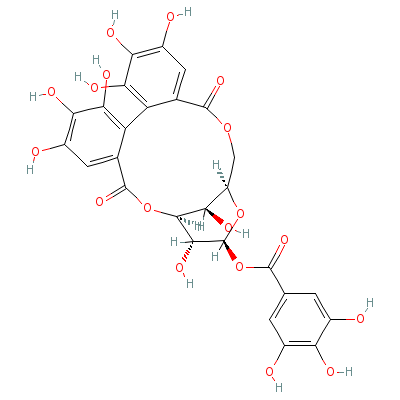
|
| Casuarinin |
79786-01-9 |
Not Available |
C41H28O26 |
|
| Casuariin |
Not Available |
Not Available |
C34H24O22 |
|
| Succinic acid |
6283-68-7 |
butanedioic acid |
C4H6O4 |
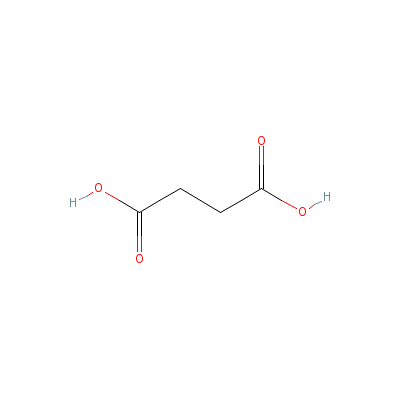
|
| Ursolic acid |
77-52-1 |
10-hydroxy-1,2,6a,6b
,9,9,12a-heptamethyl
-2,3,4,5,6,6a,7,8,8a
,10,11,12, |
C30H48O3 |
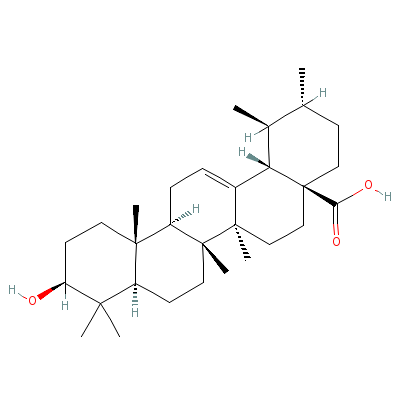
|
| Quercetin |
Not Available |
2-(3,4-dihydroxyphen
yl)-3,4,5-trihydroxy
-chromen-7-one |
C15H10O7 |
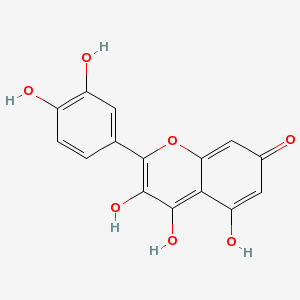
|
| Daucosterol |
474-58-8 |
2-[[17-(4-ethyl-1,5-
dimethyl-hexyl)-10,1
3-dimethyl-2,3,4,7,8
,9,10,11,1
2,13,14,
15,16,17-tetradecahy
dro-1H-cyclopenta[a]
phenanthren-3-yl]oxy
]-
6-(hydroxymethyl
)tetrahydropyran-3,4
,5-triol |
C35H60O6 |
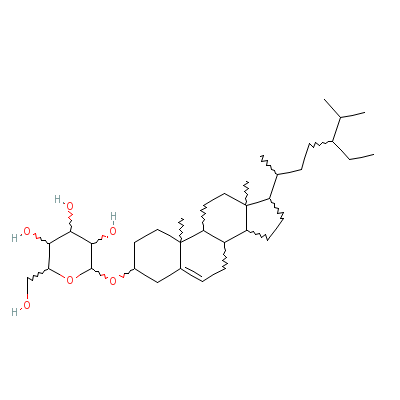
|
| 2-Furoic acid |
Not Available |
furan-2-carboxylic
acid |
C5H4O3 |
|
|
Pharmacology
| Medicinal Use |
 |
|
Used as a drink to treat diarrhea and dysentery (decoction of the aerial part); to alleviate cough and to remove blood from saliva (juice of the roots); for toothache (plant) |
| Reference |
 |
|
 Christophe Wiart. Medicinal Plants of Asia and the Pacific, P:143-144, CRC Press, June 2006. Christophe Wiart. Medicinal Plants of Asia and the Pacific, P:143-144, CRC Press, June 2006.
|
Dealers
Products
|
|